Rejoignez getAbstract pour lire le résumé !

Rejoignez getAbstract pour lire le résumé !
World Economic Forum
New Energy Architecture: Myanmar
Prepared in collaboration with Accenture and the Asian Development Bank
World Economic Forum, 2013
Aperçu
How emerging Myanmar is working to design sustainable energy policies for a more prosperous future.
Recommendation
Even readers who know little about Myanmar – sometimes still known as Burma, but not in this report – will find a lot of interesting material in this analysis from the World Economic Forum. It details how a nation develops a new energy policy to provide power for a growing domestic economy, brings electricity to a rural majority that lacks it, and establishes sustainable, long-range practices. Myanmar’s energy journey is a study in problem solving and negotiation. Policy makers seeking to strengthen their jurisdictions’ energy policies and practices will be able to learn worthy lessons from this paper. getAbstract recommends it to energy industry insiders and investors, public administrators and anyone interested in the future of this emerging – and surprising – Southeast Asian nation.
Summary
About the Author
The World Economic Forum – a not-for-profit headquartered in Geneva, Switzerland – is “committed to improving the state of the world” by working with leaders in all parts of society.










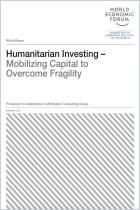
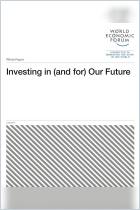

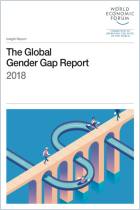
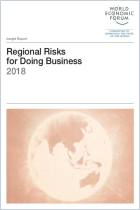
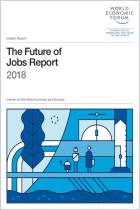
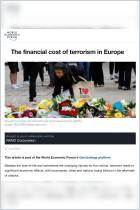
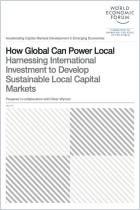

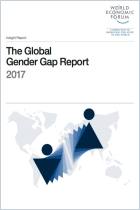
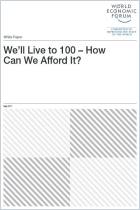
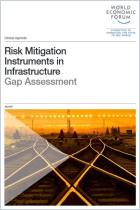
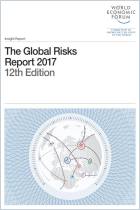
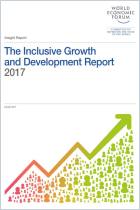
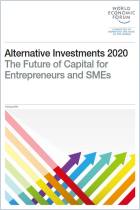
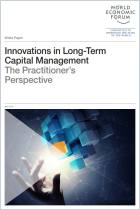
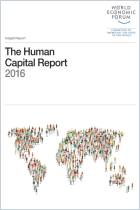
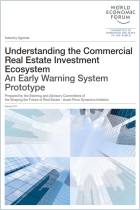
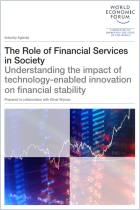

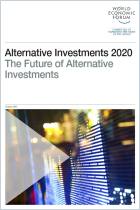
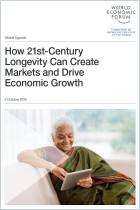
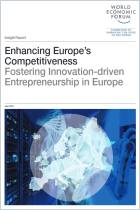

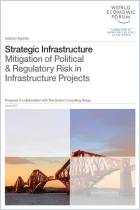

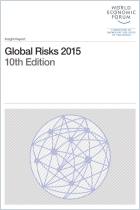

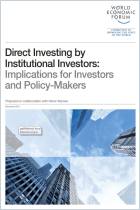
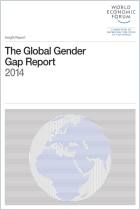


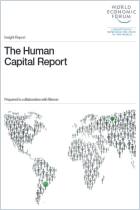
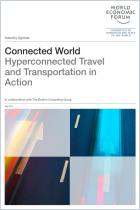
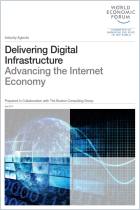
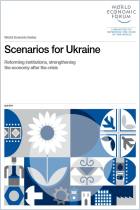
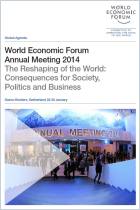
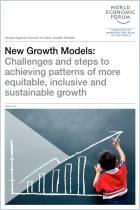

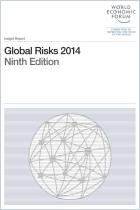
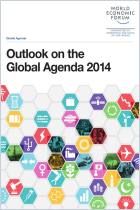
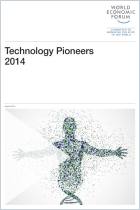
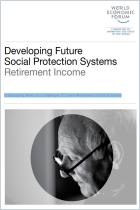
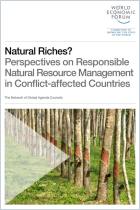
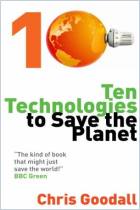

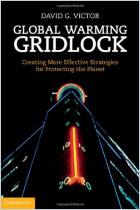
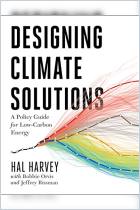
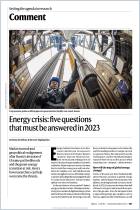




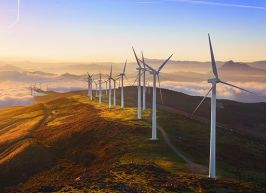


Comment on this summary